HPI offers used car buyers a guide on how to purchase an insurance write-off that is not only safe to be on the road, but could save them 50% off the ticket price.
The company uncovers 649 vehicles per day for sale which have been declared insurance write-offs, but says "not all insurance write-offs are created equal".
Whilst some write-offs are not fit to be allowed back on the road, HPI is reminding used car buyers that others can be professionally repaired and legitimately returned to the UK's roads; they could even be a bargain in disguise.
Managing director Neil Hodson said: "The real risk with buying a write-off is paying good money for a vehicle that's been badly repaired and is a danger to drive, or worst still, should probably never have been put back on the UK roads in the first place. Unscrupulous sellers patch up total loss vehicles and sell them on to unsuspecting buyers for a quick profit. If a write-off hasn't been properly repaired, any price is too high. However, there are write-off categories that if repaired professionally, offer good value for buyers."
If a car is categorised an A, B or C write-off by an insurance company, a VIC marker is placed against the DVLA record. Anyone buying a car with a VIC marker against it needs to ensure it has passed a VIC test, before they can get the V5C and tax the vehicle. The VIC test takes place at a Driver and Vehicle Standards Agency (DVSA).
"If it's not repaired the value of the car is very much down to the state of damage and the cost of repair, so accurately estimating the cost of repair before taking the car on is crucial. Therefore, those looking to invest in a car that has been declared an insurance write-off, should look to have it inspected by a suitably qualified individual,” Hodson said.
All vehicles that are written off are put in to one of four categories outlined by the Association of British Insurers (ABI), depending on the level of its condition.
The ABI Categories of ‘Write off'
| Category A | Scrap only - i.e. with few or no economically salvageable parts and which is of value only for scrap metal - e.g. total burnouts. Salvage disposers should use best endeavours to ensure that Category A and B vehicles do not reappear on the road. |
| Category B | Break for spare parts if economically viable (excluding any residual scrap value). Salvage disposers should use best endeavours to ensure that Category A and B vehicles do not reappear on the road. |
| Category C | Repairable total loss vehicles where repair costs including VAT exceed the vehicle's pre-accident value (PAV). |
| Category D | Repairable total loss vehicles where repair costs including VAT do notexceed the vehicle's PAV. |

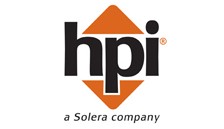
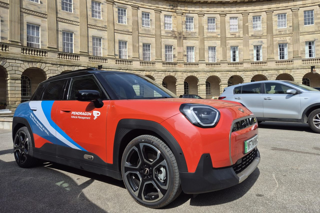
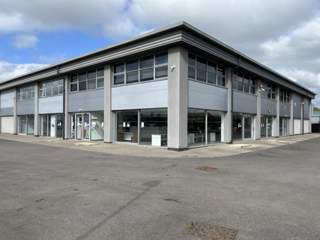

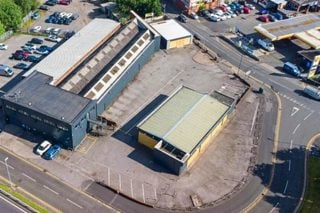


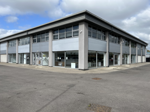


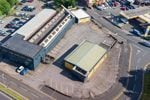







Login to comment
Comments
No comments have been made yet.